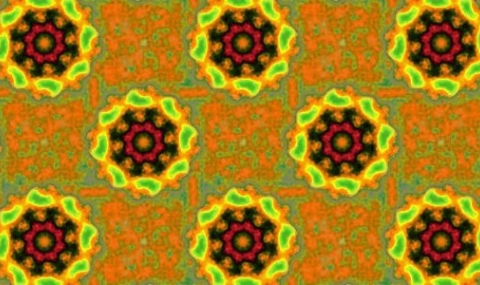Nuclear uptake of foreign genes is the basis for many forms of viral infection, for gene therapy, and gene transfer without reproduction (horizontal gene transfer). Perhaps the most common case of horizontal gene transfer is the infection of plants by species of Agrobacterium. This common soil bacterium causes the crown gall disease, often seen for example on the trunks of trees. Having studied earlier the nuclear import of DNA by single molecule methods, we were motivated to examine this physiological example of DNA nuclear delivery. The mechanism is similar to bacterial conjugation, with a secreted protein, VirE2, that adapts to the eukaryotic host. We study the structure and interactions of VirE2 using a combination of biochemical, biophysical, and structural tools. Agrobacterium has also emerged as an important tool for genetic engineering of plants. We work together with the plant genetics lab of Prof Avraham Levy on site-specific targeting of DNA integration using Agrobacterium as a delivery vector.

Cell Biophysics & 3D Imaging


